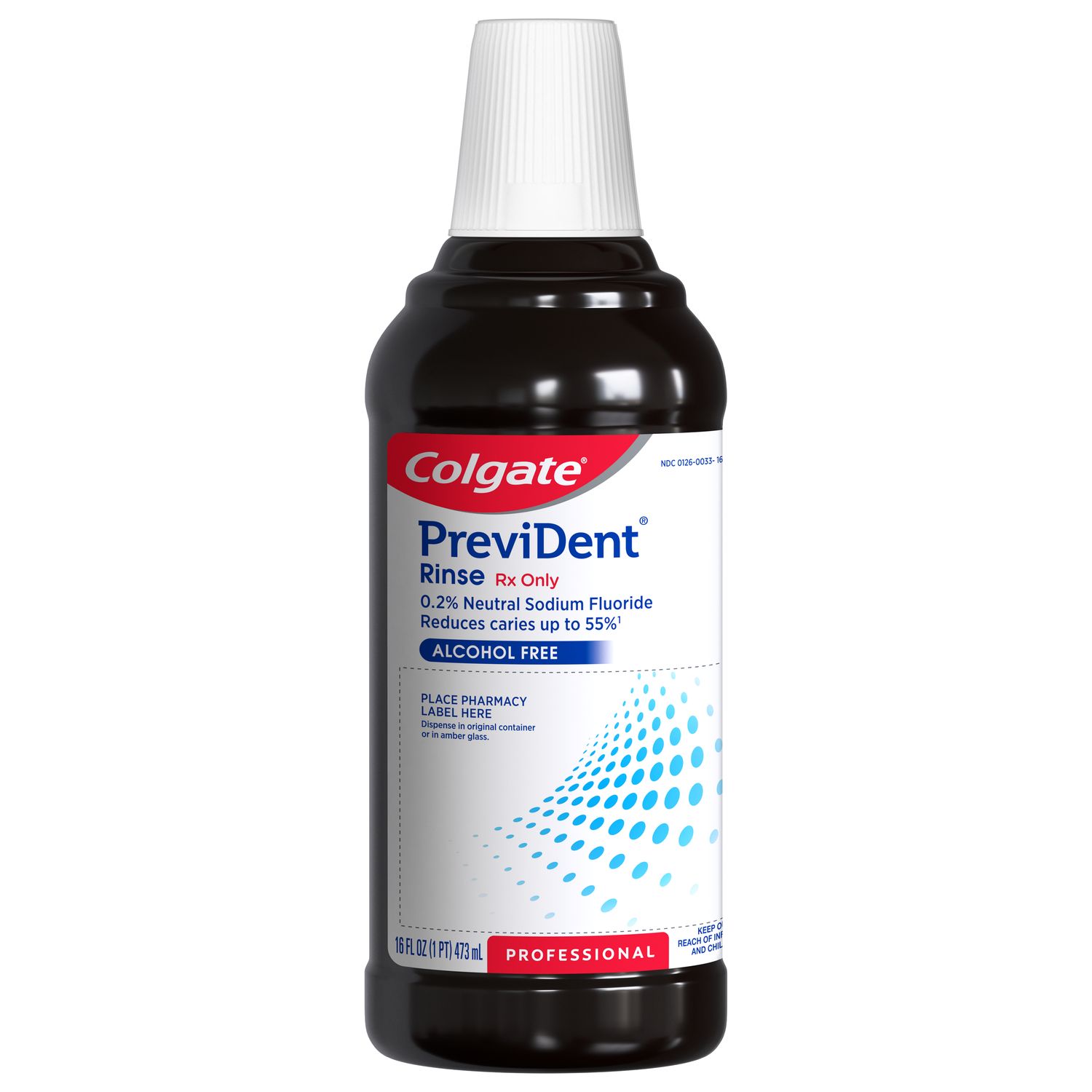
Communication is key in every relationship, and knowing how to communicate the benefits of fluoride to your patients for in-office and home applications is crucial for any dental professional. Some patients may question the safety and efficacy of fluoride toothpaste. Having the confidence to provide reputable sources of fluoride evidence will help set your patients on track for better caries prevention habits.
1. Address Patients' Misconceptions
The internet has the amazing ability to provide information at the click of a mouse, but it can also be a wealth of misinformation. Being aware of common misconceptions can help you counter them with evidence-based facts. You may want to be prepared to address the following concerns patients may have about fluoride.
- Some patients may be averse to fluoride because they think it's artificial or a poison. They may express concerns that, while you are recommending fluoride, it may be contributing to systemic diseases or conditions, for example cancer or Alzheimer's disease — all of which have no real association with fluoride. Emphasize to your patients that fluoride is naturally occurring, that it is present in the ocean, and also found in some of the foods and beverages they enjoy, such as tea, raisins and crustaceans.
- Some parents may be concerned that fluoride is dangerous for their children. To allay their fears, direct parents to studies that prove quite the contrary. For example, The Journal of the American Dental Association found that children under the age of 6 at a high risk for caries who brushed with fluoride toothpaste had fewer decayed, missing or filled teeth. Educating patients about the benefits of topical fluoride treatments for children may help convince their adult relatives of the benefit of topical fluoride treatments for all ages.
- Some of your older patients may associate fluoride as standard for children and think that they don't need fluoride. Let them know that adults are susceptible to decay, too, and fluoride is a straightforward way to help combat it.
- Some patients may worry that brushing with fluoride toothpaste will cause white spots on their teeth. In these cases, it may help to explain that there are a number of causes of white spots on teeth, and fluorosis is just one of them. Also reinforce that once the teeth are fully formed, it is impossible for white spots related to dental fluorosis to happen, and that the parts of the teeth we see in our mouths are all formed by age 6 (except the wisdom teeth). Knowing this may address patients' concerns about fluoride use in older children and adults. In the case of young children, emphasize to parents that fluorosis only occurs when a young child swallows too much fluoride over a long period of time while teeth are developing. Also explain that it's all sources of fluoride that matter - for instance, foods and beverages can be high in fluoride. Let parents know that the recommended amount of fluoride toothpaste varies depending on age, and controlled fluoride use is safe and supported by research. Remind parents to closely supervise brushing time for smaller children to ensure they use only the appropriate amount of toothpaste and don't swallow it instead of spitting it out.
2. Share International Recognition of the Evidence for Fluoride and Support for Fluoride Toothpaste
Many international organizations recognize the anti-caries benefits of fluoride. Fluoride is recommended by dental associations in Australia, Canada, the U.S., the U.K., New Zealand, South Africa and Singapore, as well as by dental authorities in other countries. The World Health Organization supports the use of fluoride toothpaste and recognizes its safety and efficacy.
Let your patients know about the global support and the studies that strongly document fluoride's role in reducing dental caries in all age groups as well as its safety.
3. Discuss Benefits for Patients at Increased Risk for Dental Caries
Fluoride evidence shows that those who are at an elevated risk of caries may benefit from adding a fluoride rinse or prescription-strength fluoride toothpaste to their home care regimen. The American Dental Association guidelines for patients at increased risk for dental caries recommend 5 percent sodium fluoride varnish or a four-minute application of 1.23 percent acidulated phosphate fluoride gel every three to six months for patients age 6 and older. For children under age 6, only 5 percent sodium fluoride varnish is recommended.
Fluoride can not only aid in the remineralization of decalcified tooth structure, but it can also prevent future demineralization. When you're explaining fluoride evidence, make sure to simply outline how exactly decay occurs. Then, explain how fluoride replenishes the minerals to strengthen teeth against further decay.
4. Talk About the Other Benefits of Fluoride
For patients at low risk for caries, brushing twice daily with fluoridated toothpaste can be enough to help prevent caries. Certain oral fluoride sources contain other benefits, as well. Varnish prescribed for decreased hypersensitivity has the benefit of decreasing the risk of developing root caries in patients with gingival recession, according to Clinical Oral Investigations.
If your patients are skeptical about the benefits of fluoride, take the time to discuss the scientific evidence. If patients take your fluoride advice to heart, let them know that it may mean less time spent in the dental chair!
Join us
Get resources, products and helpful information to give your patients a healthier future.
Join us
Get resources, products and helpful information to give your patients a healthier future.













